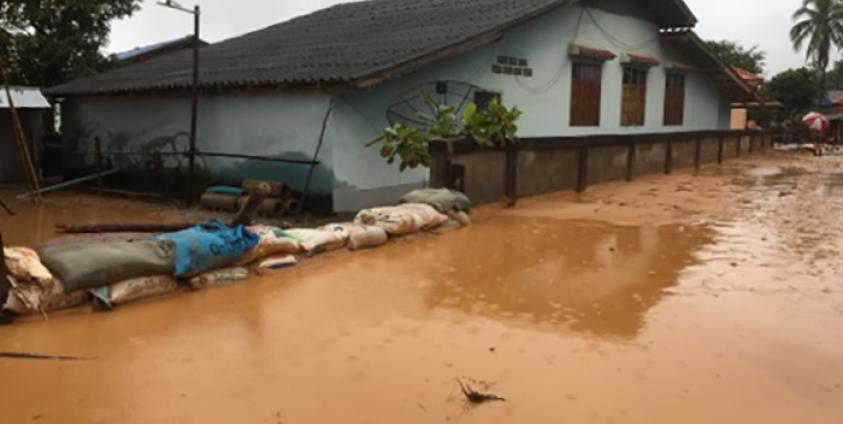Villagers in Tachileik District, eastern Shan State have had to relocate their homes as a result of negative environmental impact of gold mining on the area.
Some residents in Na Hai Long village, in Tar Lay sub-township, have said that sand and sediment—mining waste—deposited in streams, and subsequently into paddy fields, has made the risk of flooding to the area imminent and forced those with homes along the streams to move.
One local who had to move his home said that gold extraction is “getting worse every day.”
“I have a house in this village. I have a paddy field. We have had to relocate the house… and come back to work on our paddy field in the daytime,” he explained.
Local man Sai Liow said that the areas near the stream were no longer safe to live, and recalled a long community battle to stop gold mining around Nai Hai Long, which began in 2007.
His father, 54-year-old Loong Sarm, was shot dead by Burma Army soldiers in 2015, while he was trying to monitor the activities of the Loi Kham Long mining company. He was unarmed, but soldiers claimed they shot in self-defense. The Loi Kham Long company had been ordered by the government to stop mining the year before due to negative impacts on villagers’ health and farms, but had continued extracting gold.

Photos by – SHAN/
“We have demanded that the gold extraction stop. My father sacrificed his life for it. The government hasn’t taken action against it,” Sai Liow told SHAN, adding that mining has continued and the demands of locals have been ignored. Respective authorities have not come to observe the situation on the ground, he said.
At the time of Loong Sarm’s death, villagers had only been compensated for around half of the hundreds of acres of farmland made unusable due to mining waste.
It was previously estimated that some nine companies were mining for gold in eastern Shan State, many operating without official permission to do so.







